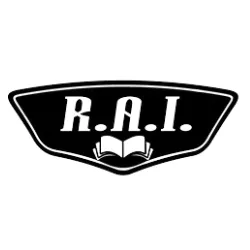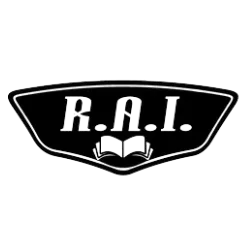Blog!
Learn about our industry

OSHA Explained: Understanding Its Role in Workplace Safety and Worker Rights
What Does OSHA Stand For and How Does It Protect Workers?
OSHA stands for the Occupational Safety and Health Administration, a federal agency that sets on-the-job safety standards for workers. While OSHA regulations can sometimes be seen as restrictive, they are vital for ensuring the safety and well-being of the workforce.
By preventing workplace injuries and illnesses, OSHA plays a significant role in the economy by reducing healthcare costs and protecting workers' income. The agency’s value is evident in the significant reduction in workplace accidents and fatalities since its inception.
OSHA's Mission, History, and Achievements
In 1970, in response to rising workplace deaths and injuries, the Occupational Safety and Health Act (OSH Act) was signed into law, creating OSHA under the Department of Labor. Since then, OSHA has introduced safety standards and enforcement mechanisms that have saved thousands of lives and drastically reduced workplace injuries.
Before OSHA was established, there were approximately 14,000 job-related fatalities annually. By 2022, that number had dropped to 4,764, even though the workforce had nearly doubled. This represents an 80% reduction in workplace deaths. Non-fatal injuries have also decreased dramatically, from 10.9 incidents per 100 workers in 1972 to just 2.3 in 2021.
OSHA continues to evolve, adapting its regulations and protections as new workplace hazards emerge.
Who Does OSHA Cover?
OSHA’s regulations apply to nearly all employers and employees across the U.S., including all 50 states, the District of Columbia, U.S. territories, and the Outer Continental Shelf Lands. Most private-sector employers and federal agencies are covered by OSHA, and 26 states and two territories have OSHA-approved State Plans that extend coverage to public sector employees.
What Does OSHA Cover?
OSHA provides protections against hazards such as falls, exposure to harmful chemicals, dangerous machinery, confined spaces, and some infectious diseases. Even when specific regulations don’t apply, employers are still required to protect their workers from serious recognized hazards under OSHA’s General Duty Clause.
Employee Rights Under OSHA
As a worker, OSHA grants you the right to a safe work environment. This includes the right to information about workplace hazards, safety training in a language you understand, and the ability to file a confidential safety complaint. Workers also have the right to participate in OSHA inspections and view citations issued to their employer.
Under certain conditions, employees can refuse hazardous work without fear of retaliation if the work poses an immediate threat to their safety and the employer fails to correct it.
Employer Responsibilities Under OSHA
OSHA mandates that employers provide a safe workplace free from serious hazards. This includes eliminating hazards when possible, providing personal protective equipment (PPE) when necessary, offering safety training in a language workers can understand, and keeping accurate records of workplace injuries and illnesses.
Employers are required to report workplace fatalities to OSHA within eight hours and any hospitalization, amputation, or loss of an eye within 24 hours.
What Is OSHA Training?
OSHA’s training requirements are designed to ensure workers understand how to perform their jobs safely. The OSHA Training Institute (OTI) Education Centers provide "train the trainer" programs, while OSHA-authorized training providers offer courses like the OSHA 10-Hour and 30-Hour programs, which are required in certain industries.
By working with OSHA-authorized training providers, businesses like Rai Training can ensure their workforce is properly trained to meet safety standards.

FOLLOW US:
OFFICE NUMBER
EMAIL US:
